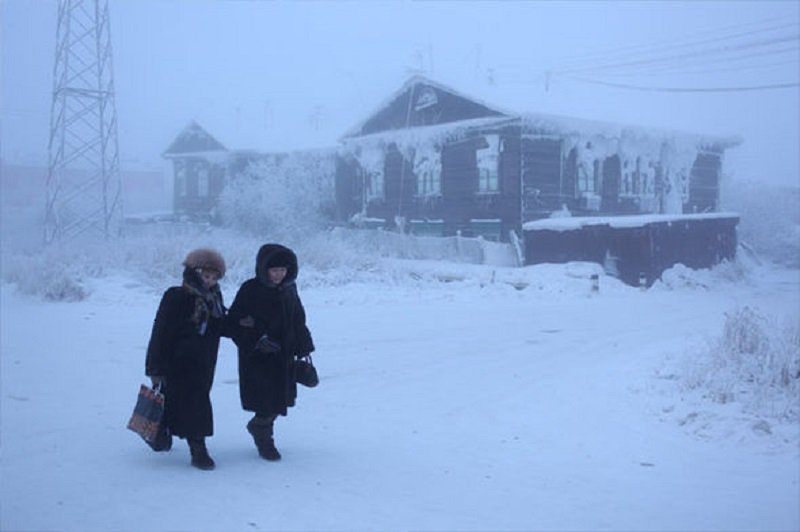International tourist arrivals grew by 7% in 2017
International tourist arrivals grew by 7 per cent in 2017 to a total of 1,322 million, according to the latest UNWTO World Tourism Barometer. This strong momentum is expected to continue in 2018 at a rate of 4 per cent-5 per cent.

Photo Courtesy: TopYaps@topyaps
Based on data reported by destinations around the world, it is estimated that international tourist arrivals (overnight visitors) worldwide increased 7 per cent in 2017. This is well above the sustained and consistent trend of 4 per cent or higher growth since 2010 and represents the strongest results in seven years.
Led by Mediterranean destinations, Europe recorded extraordinary results for such a large and rather mature region, with 8 per cent more international arrivals than in 2016. Africa consolidated its 2016 rebound with an 8 per cent increase. Asia and the Pacific recorded 6 per cent growth, the Middle East 5 per cent and the Americas 3 per cent.

2017 was characterised by sustained growth in many destinations and a firm recovery in those that suffered decreases in previous years. Results were partly shaped by the global economic upswing and the robust outbound demand from many traditional and emerging source markets, particularly a rebound in tourism spending from Brazil and the Russian Federation after a few years of declines.
“International travel continues to grow strongly, consolidating the tourism sector as a key driver in economic development. As the third export sector in the world, tourism is essential for job creation and the prosperity of communities around the world.” said UNWTO Secretary-General Zurab Pololikashvili. “Yet as we continue to grow we must work closer together to ensure this growth benefits every member of every host community, and is in line with the Sustainable Development Goals”.
Growth expected to continue in 2018
The current strong momentum is expected to continue in 2018, though at a more sustainable pace after eight years of steady expansion following the 2009 economic and financial crisis. Based on current trends, economic prospects and the outlook by the UNWTO Panel of Experts, UNWTO projects international tourist arrivals worldwide to grow at a rate of 4 per cent -5 per cent in 2018. This is somewhat above the 3.8 per cent average increase projected for the period 2010-2020 by UNWTO in its Tourism Towards 2030 long-term forecast. Europe and the Americas are both expected to grow by 3.5 per cent – 4.5 per cent, Asia and the Pacific by 5 per cent – 6 per cent, Africa by 5 per cent – 7 per cent and the Middle East by 4 per cent – 6 per cent.
2017 results by UNWTO region
International tourist arrivals in Europe reached 671 million in 2017, a remarkable 8% increase following a comparatively weaker 2016. Growth was driven by the extraordinary results in Southern and Mediterranean Europe (+13 per cent). Western Europe (+7 per cent), Northern Europe and Central and Eastern Europe (both +5 per cent) also recorded robust growth.
 Asia and the Pacific (+6 per cent) recorded 324 million international tourist arrivals in 2017. Arrivals in South Asia grew 10 per cent, in South-East Asia 8 per cent and in Oceania 7 per cent. Arrivals to North-East Asia increased by 3 per cent.
Asia and the Pacific (+6 per cent) recorded 324 million international tourist arrivals in 2017. Arrivals in South Asia grew 10 per cent, in South-East Asia 8 per cent and in Oceania 7 per cent. Arrivals to North-East Asia increased by 3 per cent.
The Americas (+3 per cent) welcomed 207 million international tourist arrivals in 2017, with most destinations enjoying positive results. South America (+7 per cent) led growth, followed by Central America and the Caribbean (both +4 per cent), with the latter showing clear signs of recovery in the aftermath of hurricanes Irma and Maria. In North America (+2 per cent), robust results in Mexico and Canada contrasted with a decrease in the United States, the region’s largest destination.

Photo Courtesy: Alexfinds
Based on available data for Africa, growth in 2017 is estimated at 8 per cent. The region consolidated its 2016 rebound and reached a record 62 million international arrivals. North Africa enjoyed a strong recovery with arrivals growing by 13 per cent, while in Sub-Saharan Africa arrivals increased by 5 per cent. The Middle East (+5 per cent) received 58 million international tourist arrivals in 2017 with sustained growth in some destinations and a strong recovery in others.



